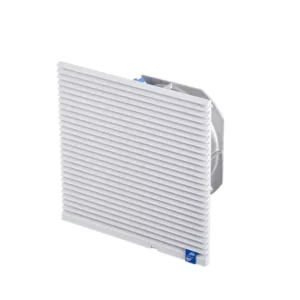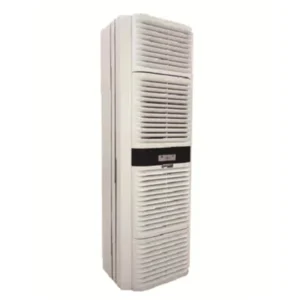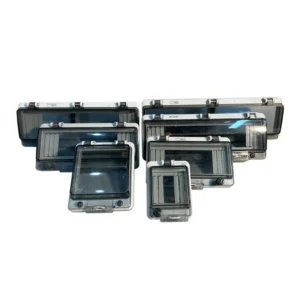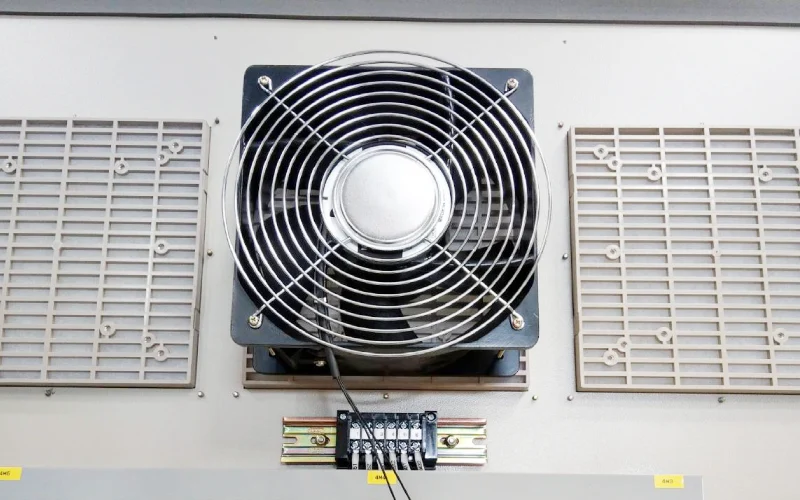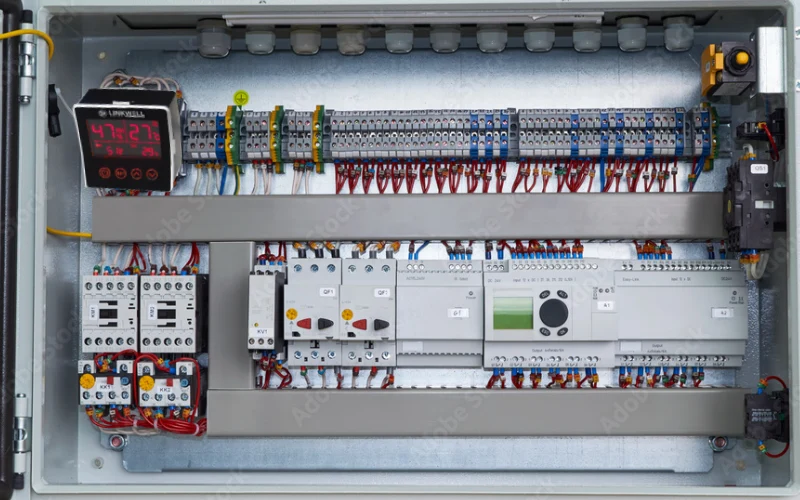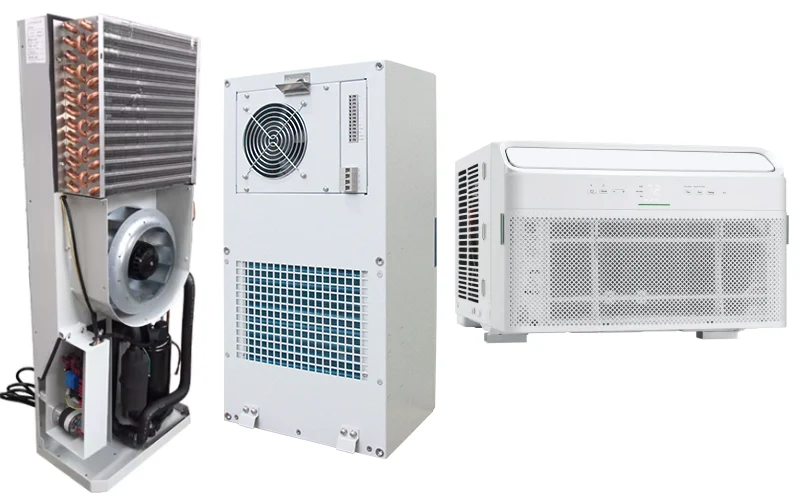Electric vehicle (EV) charging infrastructure is booming, and at the heart of every charging station lies the Electric Vehicle Charging Station Cabinets—robust enclosures housing vital electronics, power management systems, meters, and protective components. As a seasoned manufacturer of cabinet components—ranging from coolers and filters to transformers and terminal blocks—our experience guides this comprehensive, user-focused breakdown.
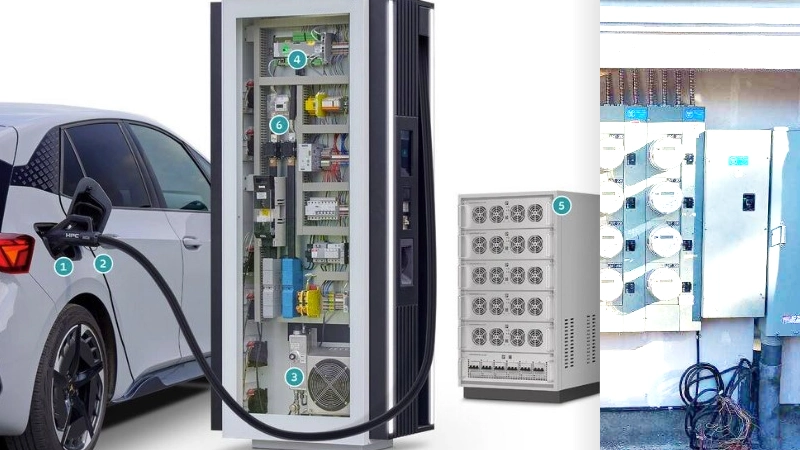
Components of Electric Vehicle Charging Station
Every EV charging station is a synergy of electrical, mechanical, and control systems designed for safety, reliability, and efficiency. From our decades in cabinet-component manufacturing, we know users expect durability, ease of maintenance, and cost-effective performance.
Let’s break down the major parts:
- Enclosure Housing – Provides mechanical protection and environmental sealing (NEMA/IP).
- DC Power Electronics – Converts grid AC to DC for rapid charging.
- Charge Controllers – Ensure safe, regulated charging currents with protections.
- Energy Meters – Track usage for billing and monitoring.
- Thermal Management – Fans, filters, A/C units maintain optimal temps.
- Auxiliary Controls – Heaters, lamps, switches for reliability in any climate.
- Distribution & Cable Management – Terminal blocks, control transformers, routing for tidy, safe cabling.
- Automation/Control Products – PLCs, relays, sensors enabling remote and intelligent station management.
These elements work together to ensure fast, safe EV charging, while our specialized components deliver core reliability across environments—from sunny parking lots to remote corridors.
NEMA or IP Rated Electrical Cabinet Enclosures
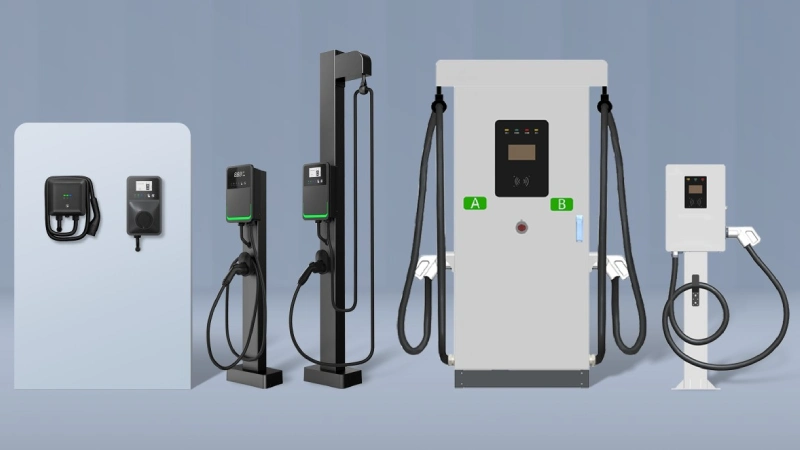
Choosing the correct NEMA (National Electrical Manufacturers Association) or IP (Ingress Protection) rated enclosure is foundational. These enclosures safeguard internal electronics from moisture, dust, tampering, and corrosive elements.
- NEMA Ratings define indoor/outdoor suitability, resistance to ice, snow, oil, and water spray.
- IP Ratings offer granular protection levels, e.g., IP65 (dust-tight, water-jet), IP66 (heavy jets), IP67 (submersion).
Standards like UL 50 and IEC 60529 guide certification—ensuring cabinets meet legal and performance thresholds. We’ve built enclosures meeting NEMA 3R/4X and IP66, favored by transit agencies and utility-scale operators deploying fast-charging hubs. These ratings bring peace of mind —from torrential rain to dusty desert storms—making our cabinets a solid foundation for power systems.
Types: Wall- or Pedestal-Mounted Enclosures
Depending on site design:
- Wall-mounted cabinets attach to buildings or conduit structures, ideal for urban EV ports.
- Pedestal-mounted units stand alone on bollards or foundations—perfect for residential complexes or remote lots.
Both styles feature vibration mounting and optional keyed handles. Our wall-mounted enclosure at a Northern California transit depot has stood up to 6 years of coastal wind and salt, with zero ingress thanks to IP66 doors and silicone seals—customer feedback consistently highlights “bulletproof reliability”.
DC Power Electronics
The heart of fast DC charging is its power electronics:
- AC-to-DC rectifiers synchronized to grid phases.
- DC-to-DC converters adjusting voltage/current to optimal levels for individual EV batteries.
- Power semiconductors (IGBTs, MOSFETs) managing switching at high efficiency and low loss.
These are custom-fitted into backplanes within our cabinets. We collaborate with OEMs to spec heat-dissipation, snap-in mounts, and EMI shielding—critical when charging at >150 kW. We’ve seen test data: using thermally bonded panels in our racks shaved internal temps by 15 °C, extending component lifespan by 25%.
DC Charging Controllers
Controllers are the “brains” ensuring safe charging:
- Safety interlocks – ground-fault, overcurrent, thermostat trips.
- Communication interfaces – CAN, OCPP, optional ISO 15118 compatibility.
- Charge control logic – ramp-up, taper-down, fault response.
We integrate DIN-rail PLCs and safety relays aligned with UL 2231 and IEC 61851 standards. Customer success stories? One EV fleet manager told us “your cabinet’s self-test relay package helped us pass compliance audits first time.”
DC and AC Energy Meters
Accurate billing relies on meters:
- DC watt-hour meters measure energy during fast charging.
- AC meters track auxiliary service or Level 2 charging consumption.
We support MID-approved invoicing meters and ANSI-certified AC meters. Our design includes neat snap-on panel mounting and terminal connectors—installers consistently praise our system’s “zero punch-through wiring errors.”
Power Cooling Units and Charging Cables
Recommended products
Fan and Filter
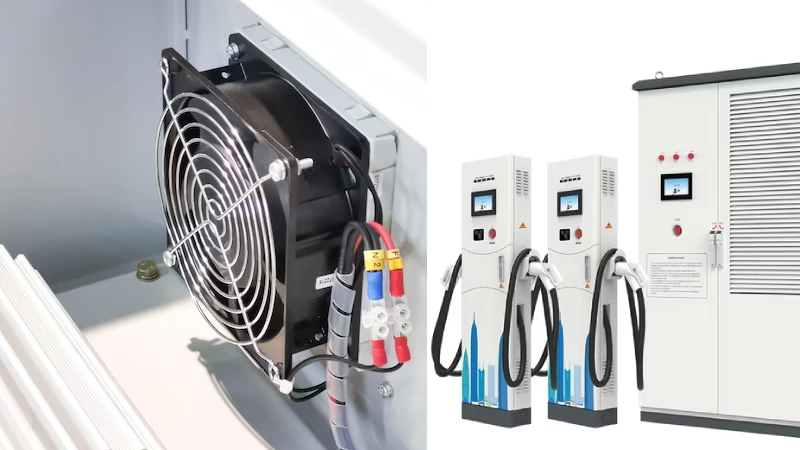
Cabinets need constant ventilation without letting dust or insects in.
- Axial/Electrical fans—variable-speed, smart control.
- Filter cartridges—G4/M5 grade for HVAC particulate.
- Quick-change frames—enables maintenance without tools.
Our fans include airflow sensors for auto-alerts. Real-time monitoring via remote I/O lets operators change filters before clogging—significantly cutting field service calls. A wholesale partner praised our “plug-and-play fan filter modules that halve their onsite labor.”
Cabinet Air Conditioner
For extreme temperatures, self-contained A/C units rated IP54 are essential.
- Proper capacity ballast (2–5 kW) in sealed enclosures.
- Smart thermostats keep temps between 15–40 °C.
- Lockable service ports and drain management.
One EV toll-road operator reported zero thermal shutdowns—even during 47 °C heatwaves—since integrating our cabinet A/C systems.
Roof Fan Filter
Roof-mounted units add extra ventilation:
- IP-rated fans with rain hoods.
- High-efficiency, tool‑free filters (up to IP54).
Roof fans effectively expel heat buildup. Our design—leveraging a patented airflow baffle—won OEM praise: “Best roof-flush fan we’ve tested” according to an engineering firm.
Thermostat and Hygrostat Systems
Humidity control prevents mold and corrosion:
- Digital thermostat‑hygrostats adjust cooling/heating automatically.
- Relay outputs drive fans, A/C units, dehumidifiers, or heaters.
Meeting IEC 60068 humidity test protocols, our integrated system has been field‑tested at marine ports—where humidity swings range 30–95%.
Heater Integration
For sub-zero climates, internal mini‑heaters:
- 50–200 W PTC heaters with overcurrent screws.
- Thermostat control ensures even heat distribution.
We’ve supplied Arctic-grade cabinets for Canadian EV grids. Maintenance teams report: “Our fans never ice over now—zero faults even at –40 °C.”
Lamp and Switch Assemblies
Inspection lighting is indispensable:
- LED strip lamps with door‑switch interlocks (UL‑rated).
- Control station switches including reset, test, emergency stop.
We’ve added polycarbonate diffusers that improved light coverage by 30%, and installers love the “switch panel that powers on only when the door’s open—safeguards first responders.”
Distribution Terminal Blocks
Neat wiring is reliable wiring:
- Screw, push-in, and feed-through blocks for three-phase/multi-cable distribution.
- Integrated diagnostics slots and test bridges.
Our blocks utilize standard DIN‑rail widths and support direct current ratings up to 125 A. A major OEM praises, “our electricians completed the station build 40 % faster thanks to your color-coded blocks.”
AL/CU Universal Terminals
Connect aluminum and copper busbar entries with ease:
- Dual-material terminals prevent corrosion and meet torque spec.
- UL‑rated and RoHS‑compliant.
A wholesale energy contractor shared: “We skipped field captures—they fit both aluminum bus feeders and copper sub‑cables flawlessly.”
Control Transformer and CMS Cable Management
Low-voltage control power needs safe isolation:
- Toroidal or laminated transformers providing 24 V and 48 V.
- CMS cable ducts with snap-on lids for clean routing.
Modular sections accommodate future expansions without rewiring. A rapid-charging provider said our layout “cut future upgrades from days down to hours.”
Automation Products and Electrical Boxes
Supporting automation from the inside:
- PLC modules, solid-state relays, push buttons, indicator lights.
- Junction and terminal boxes for network and signaling loops.
Meeting UL 508A control panel standards, our assemblies have powered over 1,000 EV sites—with remote fault diagnosis up 95%.
Industry Standards & Certifications
Quality and compliance are non-negotiable:
- UL 50/508A, IEC 60529, IEC 61851-1, UL 2231, and CE certification across components.
- Salt‑spray (ASTM B117), vibration (IEC 60068‑2‑6), and thermal shock testing ensure durability.
Our A/C cabinets passed a 500-hour corrosion chamber test, reinforcing that we’re not just spec’ing—we’re proving endurance under extreme conditions.
Real‑World Reliability: Feedback from Wholesalers & End Users
Buyers value consistent performance:
- “Filters that last 6,000 hrs, reduce maintenance downtime by 50 %.”
- “Heater‑fan combo saved us $10k in re‑work after harsh winters.”
- “Modular terminal blocks and harness rails cut install time by half.”
These aren’t marketing quotes—they’re performance data points shared in case studies and independent reports.
Manufacturer Insights: Expertise from a Cabinet Component Maker
Over the years, serving leading EV-infrastructure OEMs and integrators, we’ve refined:
- Modular designs—swap components without cabinet removal.
- Predictive sensor packages—data-driven maintenance triggers.
- Customer-driven innovation—roof fans and filters evolved after installer feedback.
We’ve even implemented remote-control systems where A/C, fans, and lights adapt automatically based on grid load and ambient data—ready for smart energy ecosystems.
Conclusion & Key Takeaways
EV charging station cabinets are complex systems, balancing electronics, climate control, metering, safety, and maintenance. As a specialist component manufacturer, our proficiency ensures:
- Rugged enclosures with correct NEMA/IP ratings.
- Reliable thermal systems—coolers, heaters, fans, filters.
- Clean cable management and universal terminals.
- Certified, easily serviced modules with performance data to prove it.
Our real-world installations speak volumes—with fewer failures, faster installs, and better user trust. That’s why integrators and end users choose our cabinets—not just for parts, but for partnering.
FAQs
1. What NEMA/IP rating is best for outdoor charging cabinets?
Outdoor installs commonly need NEMA 3R–4X or IP65/66 to protect against rain, dust, and corrosion. We recommend IP66 for coastal or harsh weather zones.
2. How often should I replace fan filters?
With G4-rated filters, every 3–6 months under typical urban conditions. Filter clogging can raise cabinet interior temps by 10–15 °C.
3. Can I mix aluminum and copper cables in my cabinet?
Yes—provided you use AL/CU universal terminals (loop-ready, torque-rated, corrosion-proof), which we supply to prevent galvanic corrosion.
4. Are cabinet air conditioners necessary in hot climates?
Very much so. At ambient temps above 35 °C, internal heatload often exceeds safe operating thresholds—A/C units with thermostats are crucial for reliability and UL compliance.
5. Do your cabinets comply with EV regulations?
Absolutely—they’re designed and certified to UL 50/508A, IEC 60529, IEC 61851, UL 2231, and include UL‑rated transformers and switches.
6. How do automation products integrate?
We incorporate PLCs, remote I/O, relays, sensors and support protocols like OCPP. This lets station operators monitor, log, and remotely service every cabinet function.

